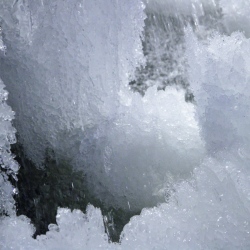
There could be some complex animals living in Lake Vostok, which lies close to 4km below Antarctica’s ice sheet. The possibility is raised by scientists who have sifted genetic material in ice drilled from close to Vostok’s surface.
They found signatures for organisms such as bacteria that are often associated with marine molluscs, crustaceans and even fish. But the team cautions in the PLoS One journal that this material may also represent past contamination.
Scientists now recognise that Antarctica is underlain by a complex network of rivers, and many of the identified organisms, or their traces, could perhaps have been delivered to Vostok from the ocean. The lake is 200m below sea level.
It is, nonetheless, another fascinating twist in the story of this deeply buried lake. First identified in 1956 by the Russians and mapped in the 1990s by the British, Vostok covers an area of 15,000 square km, and in places is 800m deep.
Researchers believe it has not been open to the atmosphere for many millions of years, and a drilling effort has recently tried to sample its waters.
The new PLoS study examined genetic material – stretches of RNA – isolated from ice that froze on to the ice sheet as it moved above the lake. The supposition was that this content might hint at the type of life present in Vostok.
Thousands of unique matches were identified with sequences already listed in public databases.
